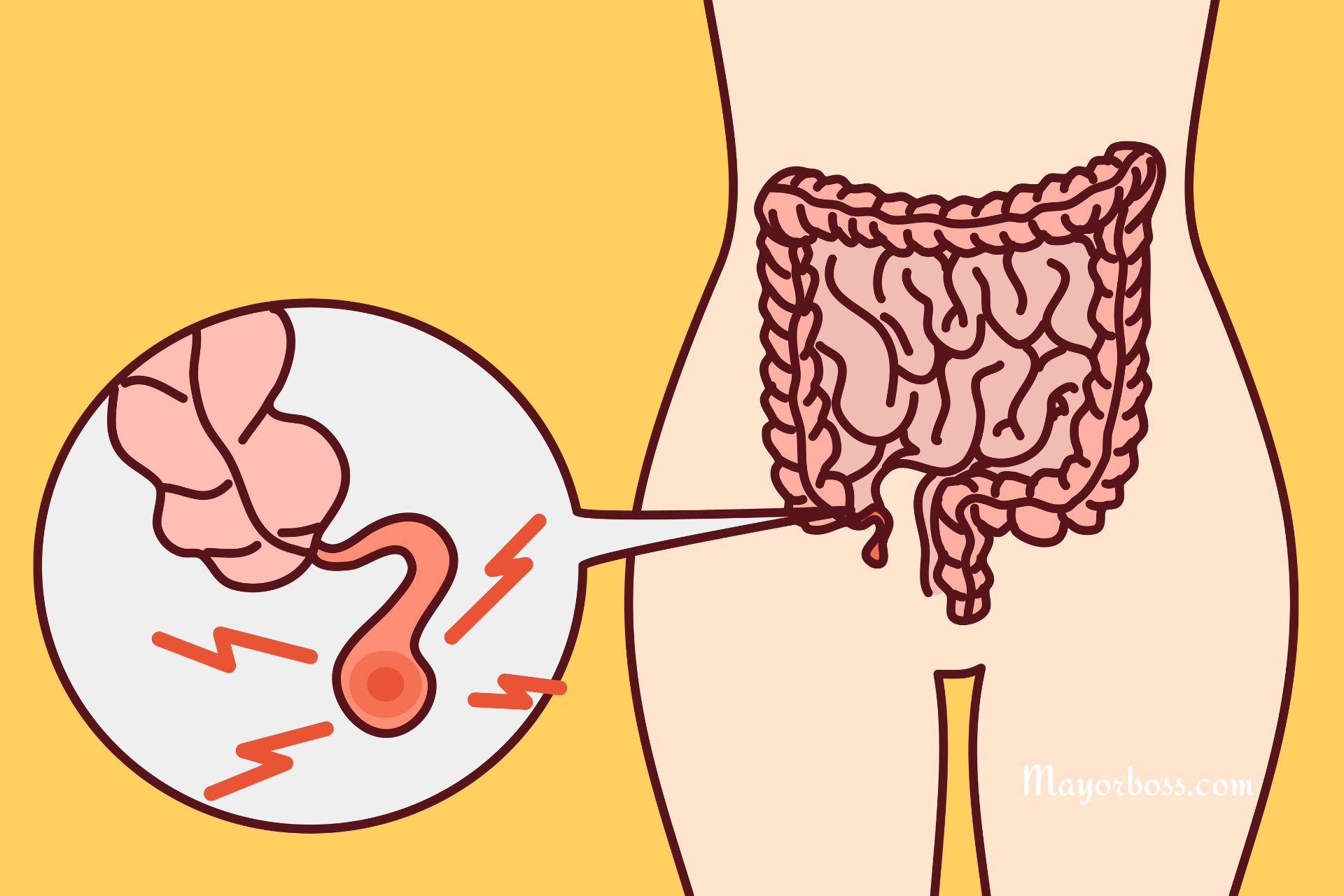What Side Is Your Appendix On? Understanding Appendicitis
The human body is full of curious anatomical structures, and the appendix is one that frequently causes confusion. Though small and seemingly insignificant, the appendix can become a major source of pain and health concerns. For anyone concerned about the health of their digestive system or experiencing possible appendicitis symptoms, a common first question is: What side is your appendix on? Let’s solve this mystery.

Where is the Appendix Located?
Your appendix is situated on the lower right side of your abdomen. Specifically, it’s a small, finger-like pouch extending from the beginning of your large intestine (also called the colon).
What is Appendicitis?
Appendicitis occurs when your appendix becomes inflamed and infected. While experts don’t know the exact purpose of the appendix, we do know its inflammation can result in severe complications. Here’s why appendicitis happens:
- Blockage: Sometimes, your appendix can become blocked by a hard piece of stool, a foreign object, or even a tumor. This blockage creates a ripe environment for bacterial growth, leading to inflammation.
- Infection: As bacteria multiply within the blocked appendix, an infection begins to develop, resulting in the swelling and pain associated with appendicitis.
Symptoms of Appendicitis
The most tell-tale sign of appendicitis is pain. But here’s the tricky part – it typically doesn’t start where the appendix sits.
- Early Sign: The initial pain usually begins around the belly button and may be described as dull or crampy. It can come and go.
- Pain Migration: Over a few hours, the pain tends to migrate to the lower right side of your abdomen, becoming more constant and sharp.
- Other Symptoms: Accompanying the pain, you might experience:
- Nausea and vomiting
- Loss of appetite
- Low-grade fever
- Constipation or diarrhea
- Abdominal swelling
Important: If you suspect you have appendicitis, do not ignore the symptoms. It is crucial to seek immediate medical attention to avoid potential complications like a burst appendix.
Why Early Diagnosis Matters
If left untreated, the swelling in an inflamed appendix can cause it to rupture or burst. This leads to an infection of the lining of your abdominal cavity, a condition known as peritonitis. Peritonitis can be very serious and requires prompt medical care, including stronger antibiotics and possibly surgery.
Diagnosis and Treatment of Appendicitis
- Physical Examination: Your doctor will start by physically examining your abdomen, looking for the classic signs of appendicitis.
- Imaging Tests: They might order tests such as an ultrasound or CT scan to view your appendix and determine if it’s inflamed.
- Blood Tests: Blood tests can check for elevated white blood cell counts, which can be an indicator of an infection.
- Treatment: The standard treatment for appendicitis is an appendectomy. This is the surgical removal of the appendix. In most cases, it can be done minimally invasively through tiny incisions (laparoscopic surgery).
FAQs
1. Is there anything I can do to prevent appendicitis?
Unfortunately, there isn’t a specific way to prevent appendicitis. Eating a healthy, fiber-rich diet might help overall gut health but won’t necessarily protect against appendix problems.
2. What happens if my appendix bursts?
A burst appendix is a serious condition. It requires immediate medical attention to prevent the spread of infection throughout the abdomen, which can lead to sepsis – a life-threatening complication.
3. Am I still fine if I don’t have an appendix?
Absolutely! Humans can live completely normal and healthy lives without their appendix. In fact, studies suggest it serves little to no function in our modern existence.
In Conclusion
While the appendix is a small organ, it can create big problems when it becomes inflamed. Knowing where it’s located and identifying potential appendicitis symptoms allows you to take swift action to seek medical care. If you ever experience severe, ongoing abdominal pain, especially coupled with other symptoms like nausea or fever, err on the side of caution and see a doctor without delay.
